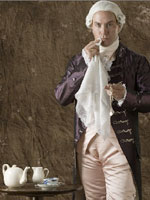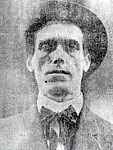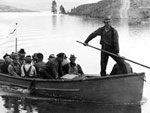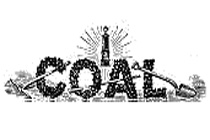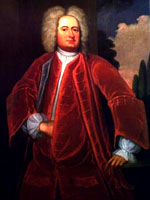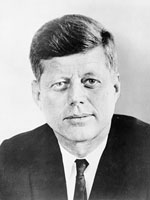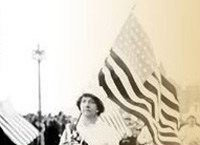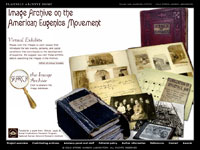Indiana's Storyteller: Connecting People to the Past
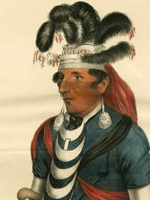
The Indiana Historical Society's main digital archive site contains more than 34,000 images, most of which are directly related to Indiana's past, grouped into almost 30 themed collections that include photographs, prints, sheet music, manuscripts, old court documents, letters, Indiana ephemera, and maps. Also collected here are images from the Jack Smith Lincoln Graphics Collection (containing photographs, lithographs, and engravings of Abraham Lincoln) and the Daniel Weinberg Lincoln Conspirators Collection (containing newspaper clippings, manuscripts, and other material pertaining to the Lincoln assassination). A sampler of the other collections: digitized images of the Indianapolis Recorder; manuscripts and images of James Whitcomb Riley; a collection of 900 postcards of scenes from Indiana from the first two decades of the 20th century; and fascinating panoramic photographs from the early part of the 20th century, showing church groups, picnics, army recruits, and conventioneers.
